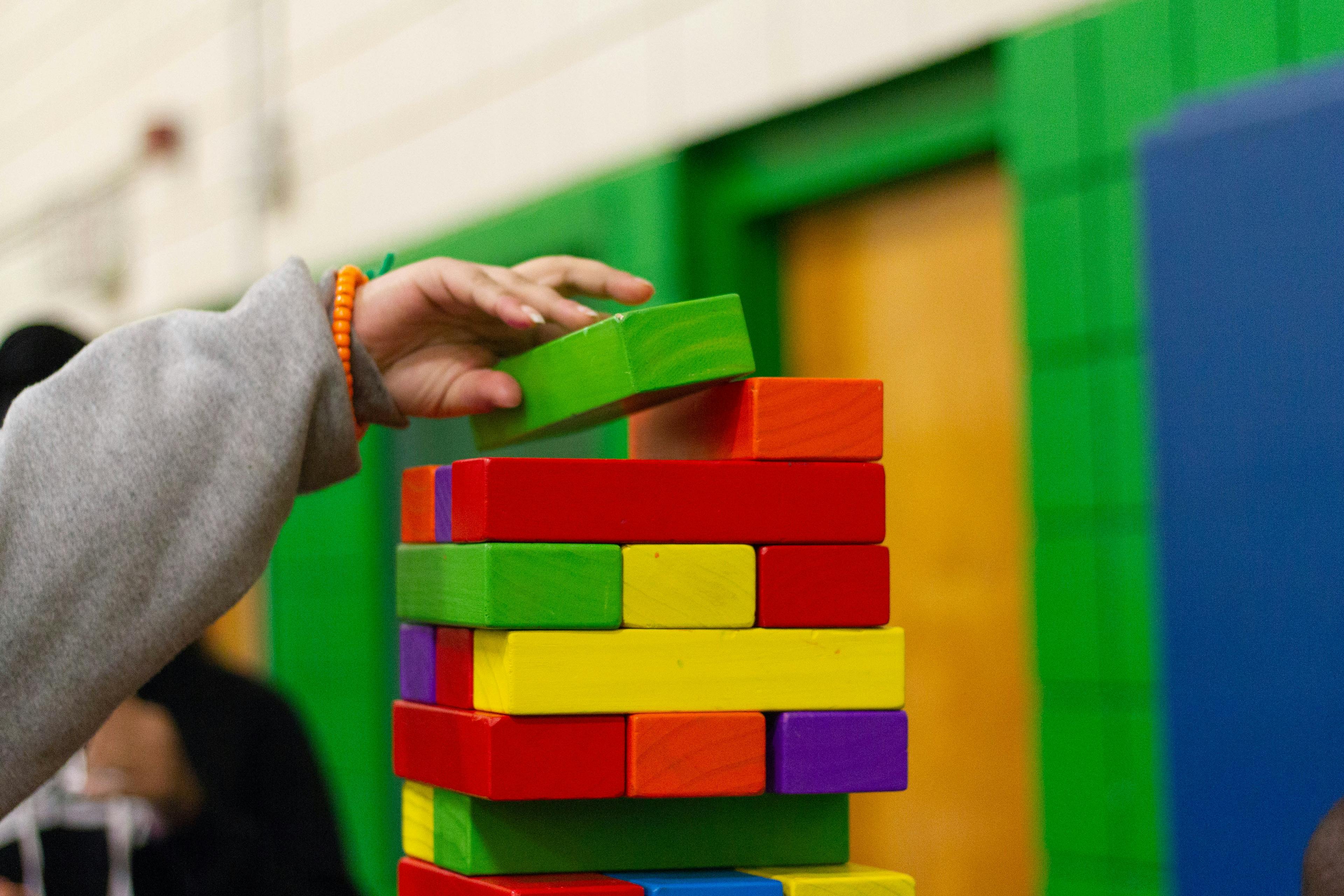
How we’re going to communicate with the next billion users
The case for an interoperable Open Web
TL;DR
We want to have our cake and eat it too. We want Web2 applications without the ever-increasing privacy issues, monopolies, and extractive-nature of them. To achieve this, we had to rebuild the underlying infrastructure and foundations of the Web. Now that we have new foundations, we can rebuild the application layer in a way that takes advantage of the functionality this infrastructure provides. Only then will we see the next critical wave of web3 applications developed and overall user adoption increase.
The case for interoperability
“Our collective capacity for sharing information and knowledge is at an all-time high. Even though in some ways it seems we have never been more divided, it also has never been more possible for individuals and organisations to work together across boundaries and create change” – David Ehrlichman, Impact Networks.
We’re here for the promise of Web3. The promise is a fairer, distributed web, made possible by blockchain technology [1]. It is a Web that supports all of the applications we need today but rebuilt with foundations that can protect user privacy, distribute appropriate value to contributors and enable digital ownership.
In less than 4 years we have seen rapid development of the foundational blockchain layers and developer tools. We have formalised new standards to increase the composability of the Web. We have built and battle-tested new primitives for governance and decentralised contribution to networks. The potential for the promise to come true is growing.
But now we have hit an adoption roadblock. The discourse has turned to ‘onboard’, and onboard in the billions.
It feels like a case of chicken and egg. End-users are attracted to the applications with the best user experience, and application-developers build where their business can access the greatest number of users. Both of these groups are absent in Web3. Why?
Web3 is composed of silos.
We found solutions to the data privacy problem, but applications can’t access data across different blockchain networks. We found solutions for users to have multiple digital identities, but the identities aren’t portable across protocols. Data silos. User silos. Network silos.
This is, in part, an interoperability problem: An inability for different blockchain systems to interact and communicate with each other. It’s a natural side effect of rapid innovation and experimentation. But it needs to be solved.
Imagine if an application developer who built on AWS was restricted to users with an Amazon account, or to Google accounts if they built on Google Cloud. Would we expect them to sacrifice one audience for another? To settle for the technical limitations of a single provider? Or build two versions? Would one cloud provider end up being the adopted technology for everyone?
Developers in Web3 should not be restricted to a subset of users or features of a single blockchain network.
1/ The number of active users in Web3 is already much lower than in Web2 and we make the pools even smaller when applications on different blockchains can’t communicate. As Marieke Flament, CEO of Near, stated, “Competing with other Web3 projects for a small pool of users is short-sighted: we need to grow the total Web3 user base” [2].
2/ The majority of Internet users do not care where their applications are hosted. We cannot expect them to adopt a more fragmented experience on the basis of a promise.
Until we fix the interoperability problem, everyone will remain separate, silo-ed, tribal, picking a blockchain, or a side. Does the future of the Web not deserve better?
Those crazy enough to build on a promise are already here. And now we need to build together.
The next layer is a common layer
My hypothesis is that the application developers will come to Web3 when they can access the market without navigating the depths of the network layers. To get there, we need an accessible common layer that any developer can easily plug into.
For those familiar with the TCP/IP model, we could say we have reached the transport layer (or in OSI terms, the session layer). The common layer we need to build would span the blockchain layer and application layer. The critical difference to TCP/IP or OSI models is the power of the blockchain layer in the Web3 stack and what it can enable at the application layer. To get there, the common layer needs to abstract away from the foundations and enable cross-chain interoperability.

What could the common layer look like?
1/ Frontends: NEAR’s newly announced Blockchain Operating System (BOS) is a great example. The BOS acts as an abstraction layer on top of all blockchains. It introduces composable frontends that are compatible with Ethereum and any other blockchain. Application developers can develop significantly faster by forking components and building from there, somewhat like an on-chain GitHub.
2/ Data layer: Applications need to be able to communicate with each other because end-users want to share data between their apps frictionlessly. The difference in Web3 is users maintain ownership of their data within the applications, they can protect their privacy and decide what is shared. The Ceramic Data Network enables this. It provides a scalable, secure, and composable platform for storing and sharing data, and is designed to be easily integrated with different applications and services.
3/ Private, portable identities: Unifying the network layers does not mean returning to a singular digital identity. A key strength of Web3 is the ability to enable identity dispersion, “where individuals control the creation, separation and unification of their multiple online selves” [3]. At the common layer, we need to build with DID technologies from the likes of SpruceID and Disco, and take advantage of Web3-native identity providers like ENS and Lens.
4/ Communication: ‘Reaching all users’ is more than making applications accessible to everyone. It also means being able to communicate with everyone. Mailchain’s communication protocol is built to work alongside all blockchain protocols and support all Web3 identities. Its account model handles the verification of identities from different blockchains and enables those identities to safely encrypt their messages. This means that all applications can communicate with all of their users, directly and securely, regardless of the blockchain network they’re using.

It's time we all communicated more
In conclusion, Web3 has the potential to revolutionise the internet. The early days saw a race to build network foundations, tailored to different preferences but each with the same goal of a secure, decentralised Web powered by blockchain technology. Today, the adoption of Web3 faces roadblocks due to the lack of interoperability between its various components. To break these barriers, it is essential to develop a powerful, common layer that unifies the underlying infrastructure while still preserving the privacy and autonomy offered by Web3. This common layer will foster cross-chain communication, portable identities, and seamless data sharing, ultimately leading to a more inclusive, efficient, and transparent Web that serves and benefits everyone. By working together to build this common layer, we can pave the way for the next billion users.
[1] A Theory of Justice for Web3, Li Jin and Katie Parrot (May, 2022).
[2] NEAR Foundation Town Hall, Marieke Flament (April, 2023)
[3] When We Design our Identities from Scratch, Sarah Guo (January, 2022)



